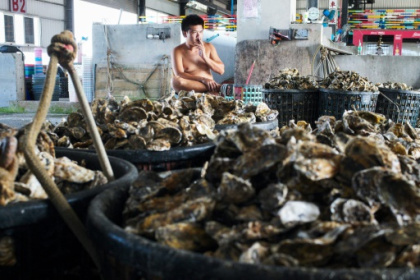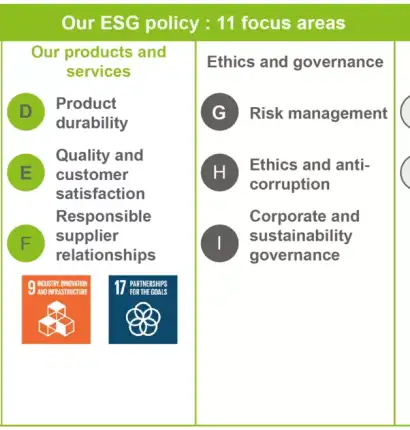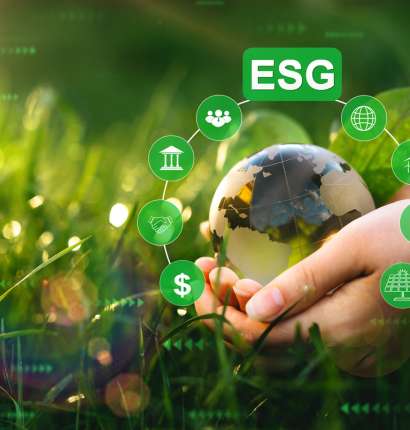When there’s a will, there’s a way. A Taiwanese man has found a way to transform oyster shell waste into a sustainable alternative to artificial textiles, tapping into an already existing waste stream.
Editor’s Choice
Eddie Wang, raised on Taiwan’s west coast, was surrounded by the sight of discarded oyster shells. Rather than viewing them as mere waste, he was inspired by how some of his neighbors repurposed the shells, burning them and embedding them into walls to create homes that stayed warm in winter and cool in summer.

This innovative use of oyster shells sparked Wang’s curiosity, leading him to collaborate with a research institute to explore the potential of turning the shell residue into fabric. Through this partnership, Wang developed “seawool,” a sustainable textile derived from oyster shells.
This material not only offers a sustainable alternative to artificial textiles but also contributes to reducing the environmental footprint of fashion.
Today, his efforts have resulted in the transformation of nearly 100 tonnes of shells annually into this eco-friendly fabric.

The South China Morning Post reports that Wang was inspired to turn oyster shells into thread after observing lower-income locals using crushed oysters to insulate their homes.
Read More
“Circulate products and materials to eliminate waste & pollution”
Editor’s Choice
The creation of seawool exemplifies the principles of circularity, demonstrating how innovative thinking can transform waste into valuable resources, reduce environmental impact, and create sustainable solutions.
This pioneering approach not only addresses the growing concern of textile waste but also sets a precedent for future advancements in eco-friendly fashion.
Read More
References
Source: SCMP
Last updated: 24 Aug 2024
The views expressed are those of the author(s) or contributor(s) and do not necessarily reflect the views of Sdgmalaysia.com.





